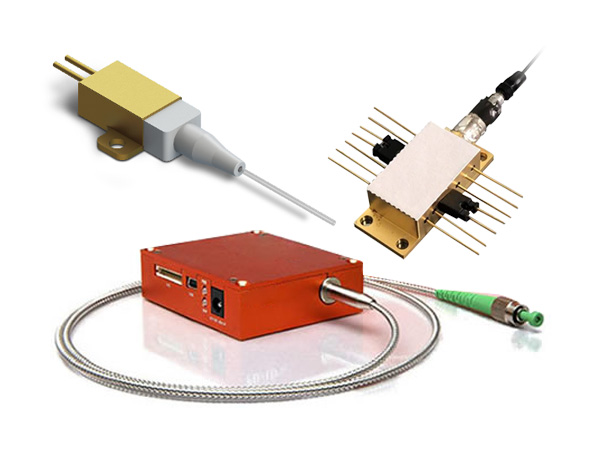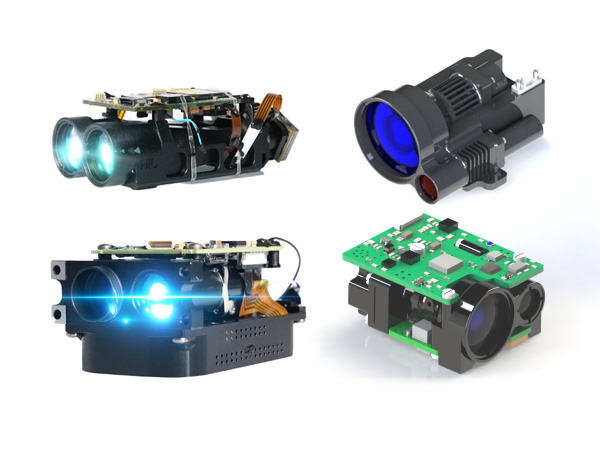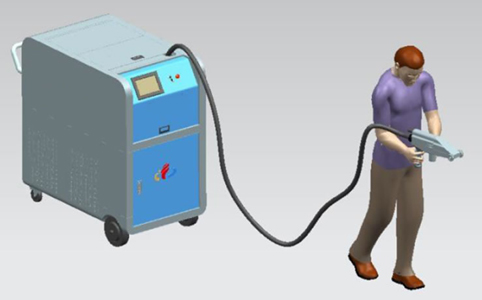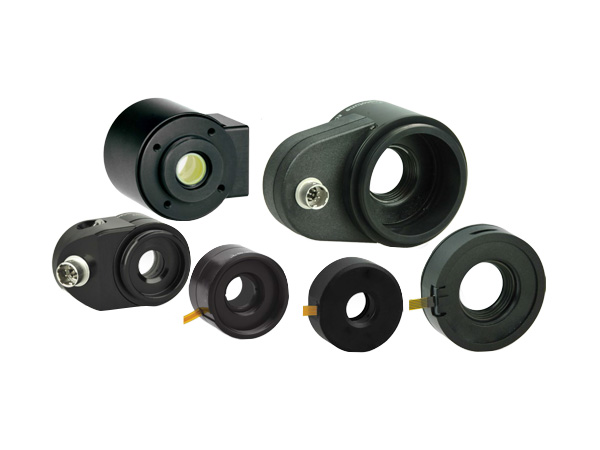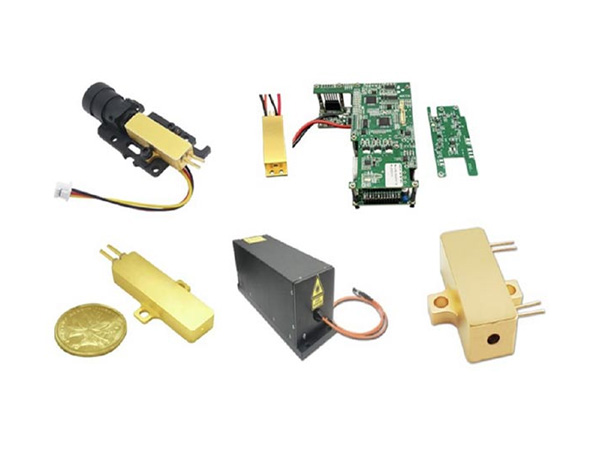Optics in CO2 Lasers
Reflective Optics
Reflective optics are designed to reflect the laser beam, usually for beam positioning purposes. At the wavelengths produced by CO2 lasers, common substrate materials include silicon (Si), copper (Cu), aluminum (Al) and molybdenum (Mo). While Si must be coated to reflect CO2 wavelengths, uncoated Cu and Mo reflect over 95% of laser energy at CO2 wavelengths. Cu is typically used for applications where high power is involved. Its high thermal conductivity removes heat from the reflecting surface quickly, which helps protect it from thermal damage and distortion. Mo has an extremely tough surface and is typically used in environments where surface contamination is a problem. When using uncoated mirrors, thermal management of the mirrors becomes very important. Because uncoated mirrors absorb more laser energy than coated mirrors, they can heat up quickly if not effectively thermally managed.
Reflectivity values in excess of 99% are commonly achieved for all of the above substrates when coated appropriately. When specifying a reflective coating, the angle of incidence (AOI) or a range of AOI must be specified, as reflective coatings are optimized for maximum reflectivity at certain AOI. If your optical delivery system includes a tracer beam (commonly red, at a 670 nm or 633 nm wavelength), dual-reflective coatings can be specified, as optics coated only for CO2 wavelengths will typically reflect approximately 50% of the tracer beam. With dual coatings, typically 80% of the tracer beam will be reflected with negligible loss of reflectivity at CO2 wavelengths.
Transmissive Optics
At CO2 wavelengths, the most commonly used material for transmissive optics like windows is Zinc Selenide (ZnSe), due primarily to its low bulk-absorption at those wavelengths. Uncoated, ZnSe will reflect on the order of 14.5% (per surface) of incident power at CO2 wavelengths. Antireflective (AR) coatings typically result in a reflectivity of less than 1%. Dual AR coatings are also available for a 633nm (red) tracer beam.
(Source: Universal Laser Systems)
 English
English Français
Français Deutsch
Deutsch euskara
euskara Русский язык
Русский язык Italiano
Italiano Português
Português Nederlands
Nederlands Polski
Polski Greek
Greek Lietuva
Lietuva Türkçe
Türkçe 日本語
日本語 한어
한어 中文
中文 தாமில்
தாமில் فارسی
فارسی हिंदी
हिंदी Tiếng Việt
Tiếng Việt ภาษาไทย
ภาษาไทย Pilipino
Pilipino Indonesia
Indonesia தாமில்
தாமில்
